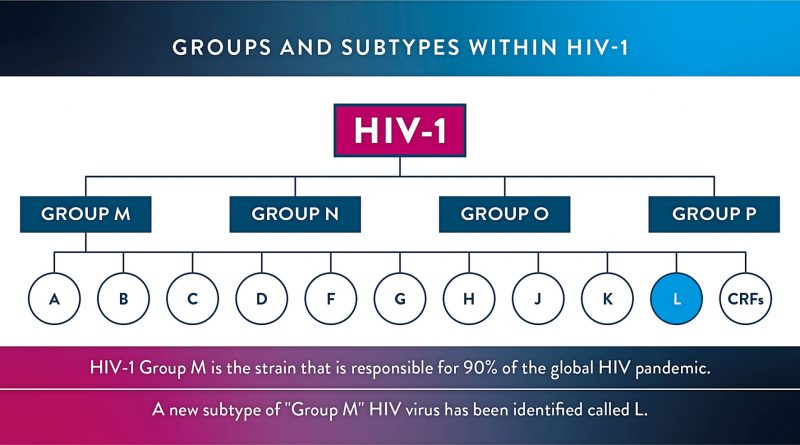Scientists identify new HIV subtype
PETALING JAYA: For the first time in 20 years, a new subtype of HIV (human immunodeficiency virus) has been identified.
Known as subtype L, it is to be classified under the HIV-1 Group M strain, which causes over 90% of HIV infections in the world.
Samples of this virus were collected in the Democratic Republic of Congo in 1983,1990 and 2001.However, they could not be proven as a new subtype, until recently.
Abbott principal scientist Dr Mary Rodgers said that the latest sample, obtained by Abbott’s Global Surveillance Programme, had too little virus to be sequenced properly then.
“We only had a very small part of the viral sequence at that time.
“So that was the challenge because we need to have the whole virus sequence to be able to call something a new subtype, ” she said.
HIV subtypes have a very high tendency to combine and form something that may look new, but is actually a genetic mash-up of known subtypes, known as a circulating recombinant form.
“A new subtype has to be a completely pure genetic sequence that is different from everything else.
“So, by just having a little part of the virus earlier on, we couldn’t say that the virus was new because it could have been a recombinant, ” said Dr Rodgers, who is part of the team that identified the new subtype.
Last year, a new technology was developed that enabled the scientists to zoom in, specifically on the virus part of the sample.
“Think of a viral sample from a person as kind of like a haystack.
“The haystack represents all the things in the sample (human genes from the sample donor and airborne bacterial genes), but we are really only interested in the little needle that correlates to the HIV that we need to sequence, ” she said.
Dr Rodgers said that the new technology acts like a magnet to pull out the HIV “needle”, so that only the virus is sequenced.
“We got the entire genome in one try and we compared it to see if there were any points where it had combined with other viruses, and it did not. So this allowed us to truly say this is a new subtype of HIV, ” she said.
As to whether this would affect current diagnostic tests and treatments for HIV, Dr Rodgers said they were still trying to figure it out.
“Finding this new strain is really just the beginning, ” she said, adding that the virus’ genetic sequence would be made freely available to the global scientific community to enable further research.
In terms of treatment, she predicted that it would react to current anti-retrovirals the same way as other HIV Group M subtypes.
The process of identifying the new subtype was published online in the Journal of Acquired Immune Deficiency Syndrome yesterday.
Source: TheStar



